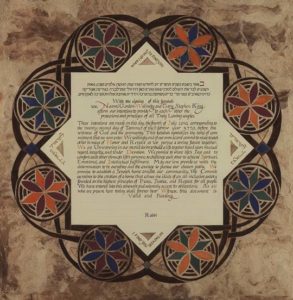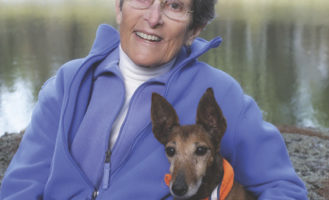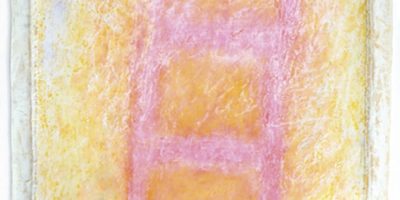Not Your Traditional Ketubah

This egalitarian ketubah is designed by Sonia Gordon-Walinsky. More at pasukart.com.
Looked at one way, my wedding was pretty traditional. For many of our guests it was probably one of the more traditional Jewish weddings they’d ever attended.
Looked at another way, there were two brides. And one of them is a Conservative rabbi. So… not entirely traditional.
For our traditional/nontraditional event, we altered the wording of some of the wedding blessings. For example, in the erusin ceremony (the betrothal, in which we exchanged rings), we inserted first the words “ever-progressing and ever-evolving” before the traditional wording about “laws of Moses and Israel.” (This change actually articulates for us the mission statement of Conservative Judaism—and I see it as a useful and worthy addition to straight wedding contracts, too.)
People have been curious about how we came up with the ceremony, the adapted liturgy, and the text for the ketubah, the traditional Jewish marriage contract. That story is short: we borrowed everything from Rabbis Jaimee and Helayne Shalhevet, Reform rabbis married to one another, who constructed a moving, quintessentially Jewish ceremony that is less “gay” than it is “egalitarian”—and is, one might even venture, “feminist.”
Imagine: a ketubah with no act of purchase, and no mention of goats! (Yes, goats really do appear in the original Hebrew and Aramaic.) And a ceremony that acknowledges the laws of Moses and Israel to be evolving! Having taken these strides, I look forward to the day I can announce: Traditional egalitarian weddings—they’re not just for the gay community anymore!




